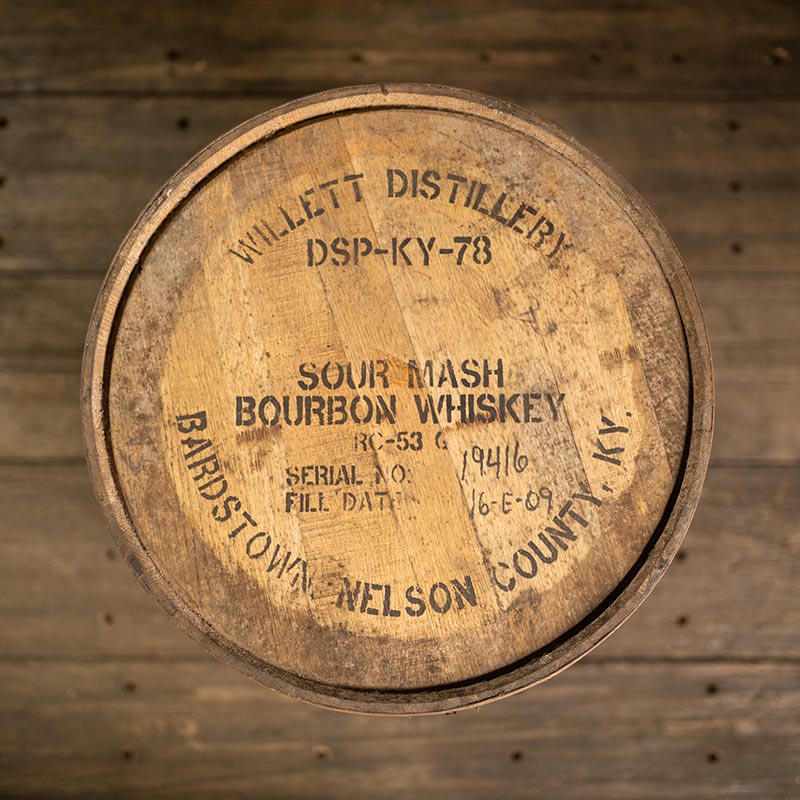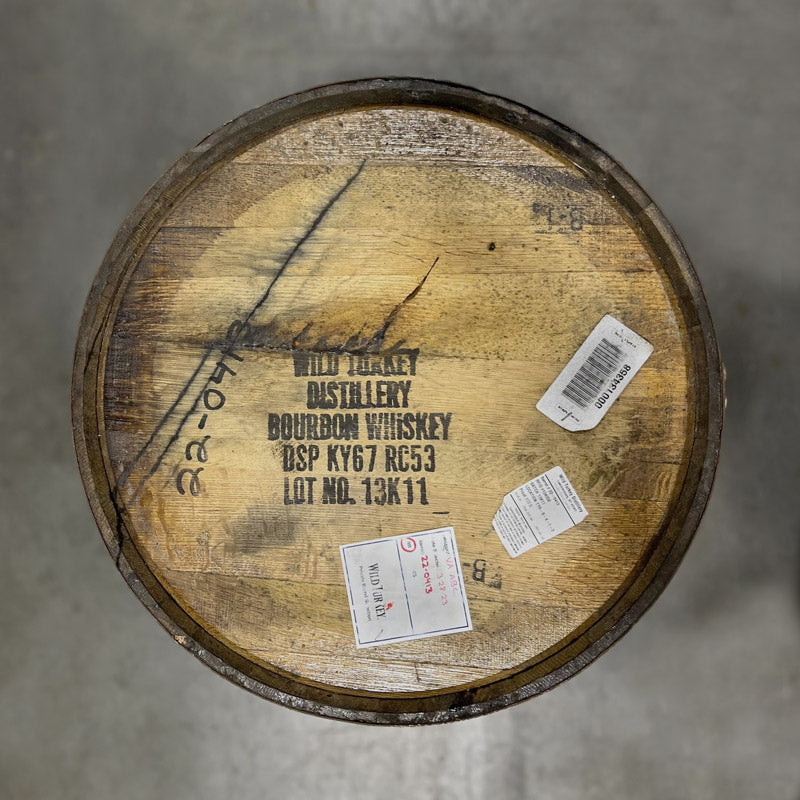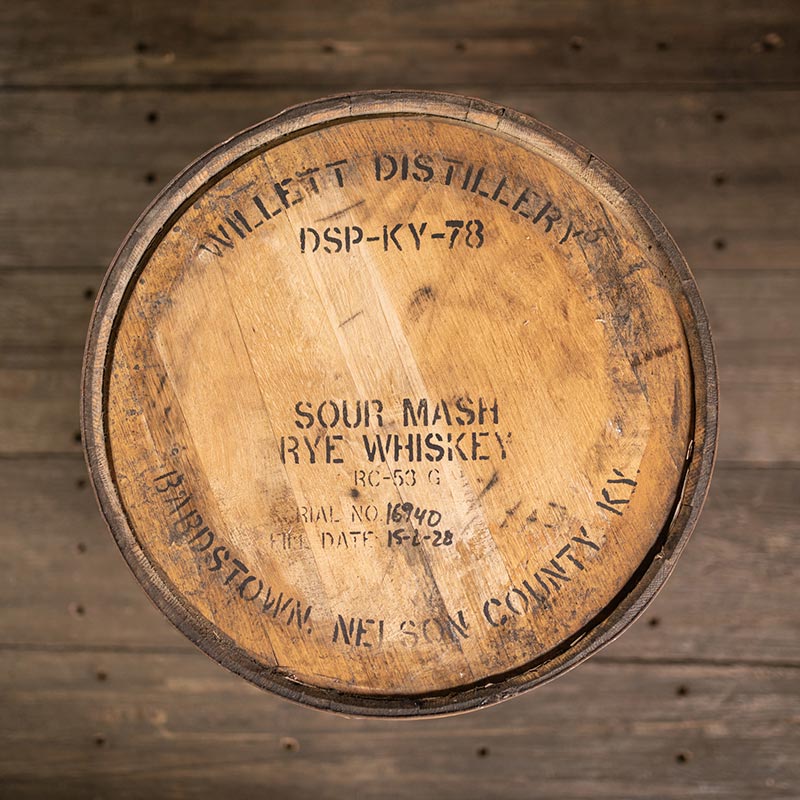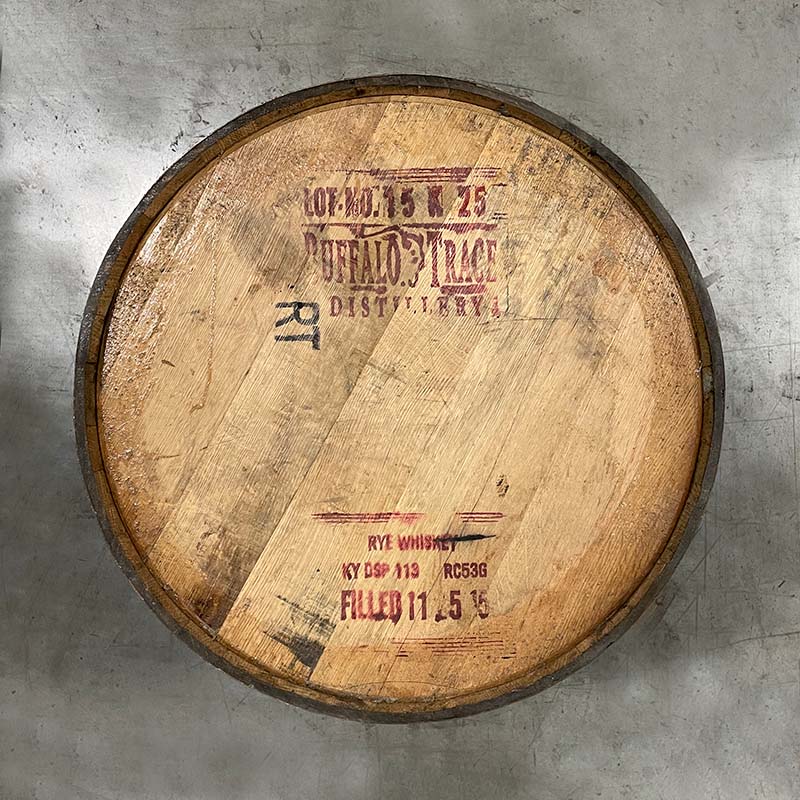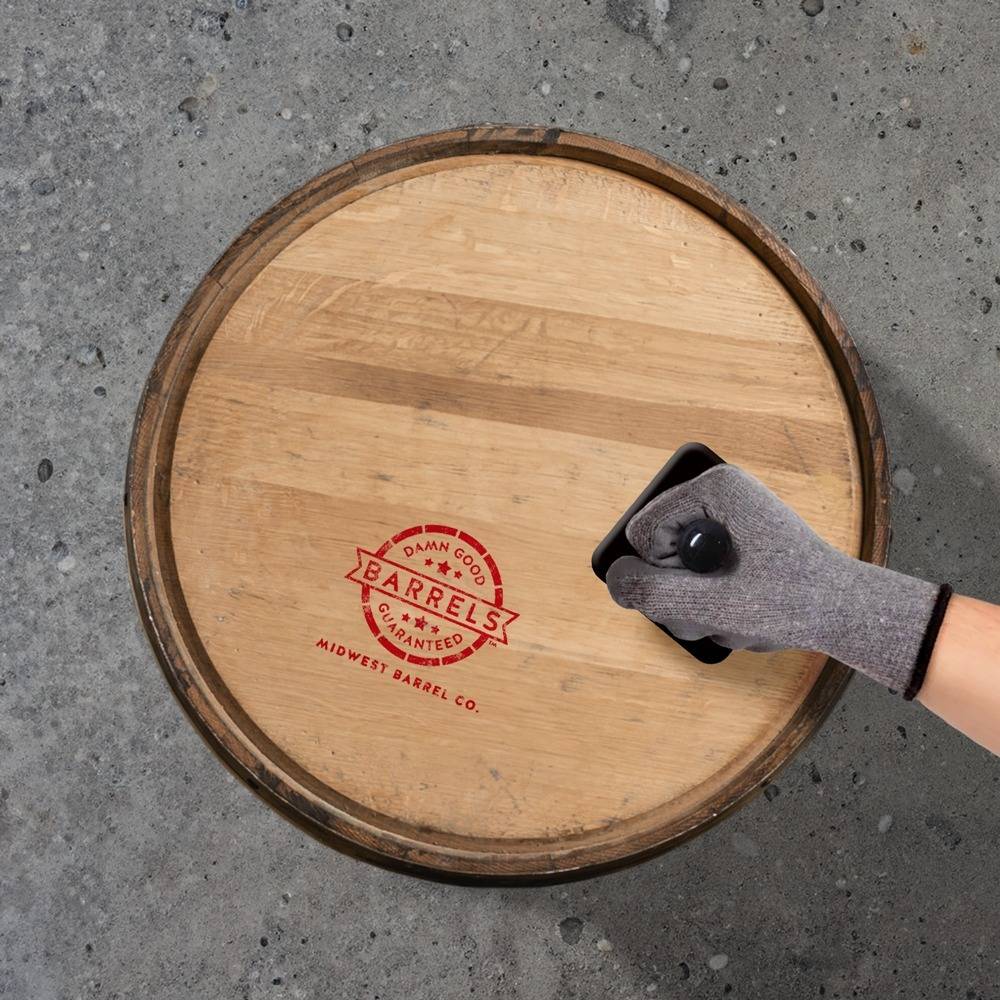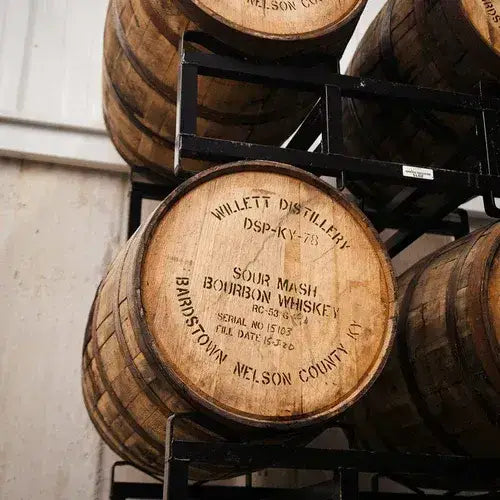Commercial Barrel Aging
The Evolution Of Barrel-Aged Stouts
Cheers to Oak Barrels & the Beer That Started It All
February 22nd, 2024

Used oak barrels and stouts have a long and storied history. What was once a niche in the rapidly growing craft beer industry is now a must-have for both new and established breweries.
But what makes this dark, rich, and roasted style of beer such a perfect choice for aging in oak? And what exactly is it about the barrels that complement that flavor profile so well?
That’s what we’re here to answer in this guide (and love letter) to barrel-aged stouts.
Barrel-Aged Stouts: HOW IT ALL BEGAN
It’s no secret that aging beer in barrels was a known practice for centuries, although this was more for practical storage than adding flavor.
However, it was in 1992 that Goose Island’s Greg Hall had the idea to age an imperial stout in a used bourbon barrel. This was back in the day when Goose Island was a small brewpub. Hall wanted to whip up something truly different for the brewpub’s 1,000th batch.
As it turned out, Hall happened to meet Booker Noe, legendary distiller and Jim Beam’s grandson. Noe hooked Hall up with some bourbon barrels and Bourbon County Brand Stout was born. The dark chocolate, dark fruit, roasted malt, and other flavors from the beer paired exceptionally well with the caramel, brown sugar, and vanilla imparted by the barrel.
Not only was a new beer style born, but it went on to become massively popular. Today, there’s even a festival celebrating the best in barrel-aged beer. It should come as no surprise that the festival, FOBAB, is held in Chicago, Goose Island’s hometown.
The world of barrel-aged beer has expanded tremendously since Hall popularized the practice—and many other breweries continue to carry the torch and push the boundaries of what barrels can add to a brew.
Still, Hall and Goose Island deserve a tip of the cap for their groundshifting contribution.

How Used Oak Barrels Transform Stouts
According to some accounts, Hall’s discovery that bourbon barrels and stouts were meant for each other was actually more of a happy accident. That could very well be true, but as time went on, brewers began to understand at deeper levels how used oak barrels transform their beers into deeply complex brews.
For beer, the barrel is another ingredient that can add its own set of flavors to the final product. Many factors influence flavor, but the biggest is what the barrel aged before the beer.
Brewers today get creative with what types of barrels they select for aging stouts. Wine barrel flavors vary based on the type of wine, but beers often pull fruit, tannin, and acidity from the oak. Rum barrels are known to add sweeter notes, along with molasses and spice.
But the most popular barrels for aging stouts are, of course, whiskey and bourbon barrels. Even then, the two types can add their own subtle differences. Specific differences often boil down to the spirit’s mash bill. Higher corn content adds sweeter notes and more mouthfeel. Rye adds spice and barley contributes notes of nut, smoke, and chocolate. While wheat doesn’t add much flavor, it does smooth out the sharper notes.
The char level of the barrel also contributes flavor nuances. Simply put, barrels are charred to allow the oak to absorb different flavors from the spirit and add others from the oak back into the liquid. For beer, heavier char levels tamper down sweetness, while lighter char levels will allow beers to maintain more of their sweet notes.
Time: The Key Variable for Barrel-Aged Stouts
At the end of the day, what ties all flavor-contributing factors together is the time the stout spends aging in the barrel. Time spent in the barrel can last months to a few years.
As with bourbon and whiskey, there’s a common misconception that the longer a beer has been aged in a barrel, the better it must be. That’s not entirely accurate. It all comes down to what flavors the brewer is trying to highlight.
Generally speaking, the barrel-aging sweet spot typically comes between 6-12 months, however, the optimal time may be shorter or longer. Barrels should start to add flavor to a beer in as little as a couple months, but in no way does that indicate it’s time to stop the aging process.
How do brewers know when their beer is ready? Taste testing! This is where knowing how to use a Vinnie nail proves useful.

Best Breweries in the Barrel-Aged Stouts Business
The best barrel-agers have a sense for how to hit that perfectly aged sweet spot for their stouts. Goose Island will always be a go-to for fans of barrel-aged stouts, but there are many other players on the scene who are helping these brews reach new heights.
Some of the big barrel-slinging names include:
- 3 Floyd's Brewing
- Barreled Souls Brewing
- Blue Mountain Brewing
- Boulevard Brewing Company
- Fremont Brewing
- Revolution Brewing
- Weldwerks Brewing
There are many other breweries doing excellent work in the barrel-aging space, but, like the stouts they brew, these are a few of the heavy hitters.

Homebrewers: All You Need is a Barrel
Homebrewers! Don’t believe for a second that barrel-aged stouts are reserved for the commercial space. In fact, all you need to get started is an imperial stout and a barrel.
Now, a 53-gallon barrel, and even a 30-gallon barrel, is going to be an understandable challenge for homebrewers to fill. Luckily, many premium craft distilleries prefer to age in small format oak barrels, which we have in stock.
Smaller barrels tend to age contents more quickly than larger barrels, which is a bonus for both small distilleries and homebrewers, alike.
Brew your beer, fill your barrel and sample until the flavor’s just right.
Now, About Those Barrels...
Looking for Damn. Good. Barrels.™ for your next barrel-aged stout release? Midwest Barrel Company has a constantly rotating inventory of bourbon, whiskey, wine, and other specialty used oak barrels that will deliver the perfect flavor profile.

ABOUT THE AUTHOR:




